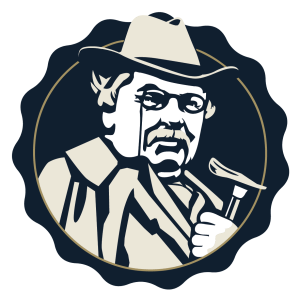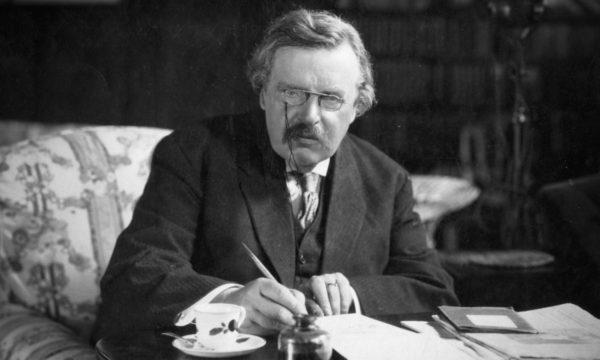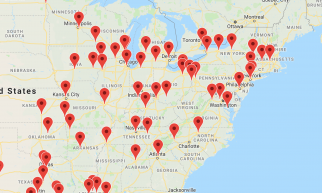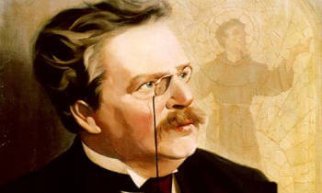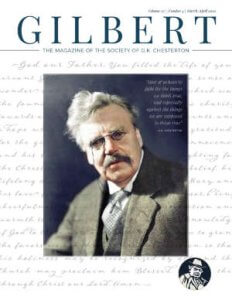QUESTION: After more than 50 years in a cottage attic, the Chesterton archive found a permanent home in 1990. Where is the archive housed and what is its history?
ANSWER: We were wondering why this question was so frequently asked and in almost the same wording every time. Then we discovered that it is an exercise in Richard Altick and John Fenstermaker’s The Art of Literary Research (fourth edition). So, students, here’s the answer:
First of all, the question implies that the Chesterton papers were forgotten about, unattended and inaccessible for a half a century. This simply is not true. Dorothy Collins, Chesterton’s personal secretary and literary executrix, not only continued to edit and publish collections of Chesterton’s writings, but she made the papers available to any scholars who wanted to study them. They were indeed housed in an attic, it was the attic of Top Meadow cottage, where Miss Collins lived, next to Top Meadow, Chesterton’s home. Two institutions made copies of the entire archive: The Marion E. Wade Center of Wheaton College (Wheaton, Ill.) made photocopies of the papers, and the Library of the University of St. Michaels College (Toronto) made microfiche copies.
The actual papers themselves were purchased by the British Library before Dorothy Collins’ death in 1989, yet they remained at Top Meadow cottage for more than another year. According to Miss Collins’ assistant, Judith Lea, it was only when Miss Lea needed to install new electrical wiring in Top Meadow cottage in 1990, that the British Library was finally compelled to come pick up the papers. When the Library’s representative first laid eyes on them, she was astonished and said, “There is more here than one person could have possibly written in a lifetime.” Most of the papers are now housed at the British Library in London, where they are still slowly being sorted out and organized. Some of the material, including interesting personal belongings of Chesterton (such as his cape and his pince-nez) are on permanent loan to the Archives and Library of the Chesterton Institute at Plater College in Oxford, England, where they are on display.
